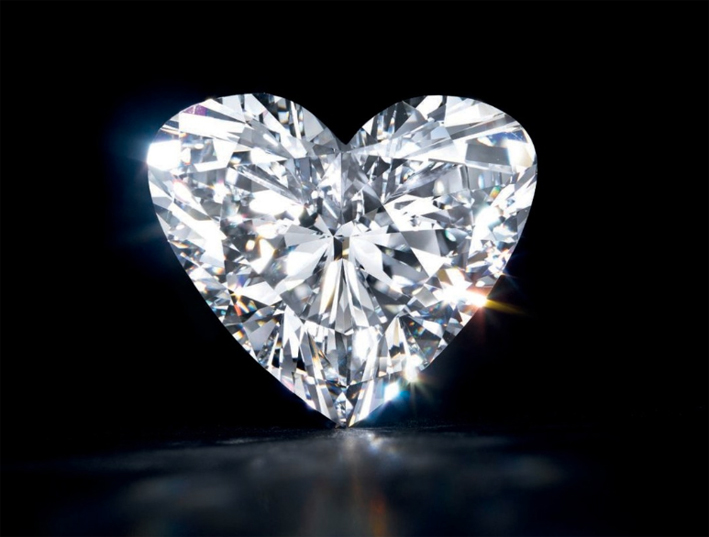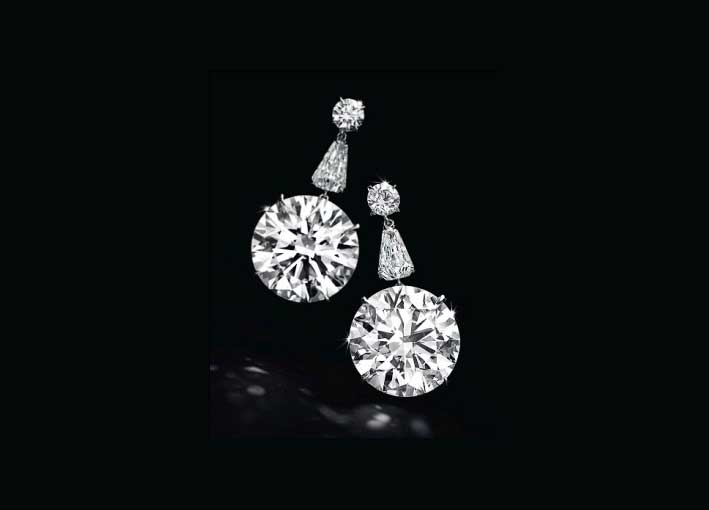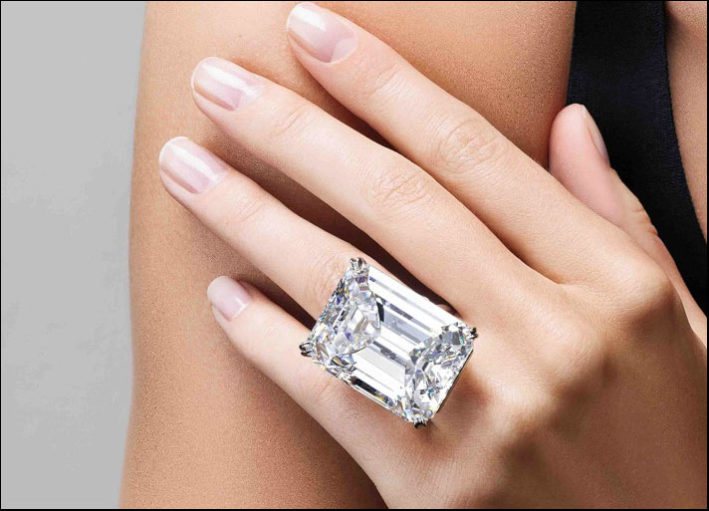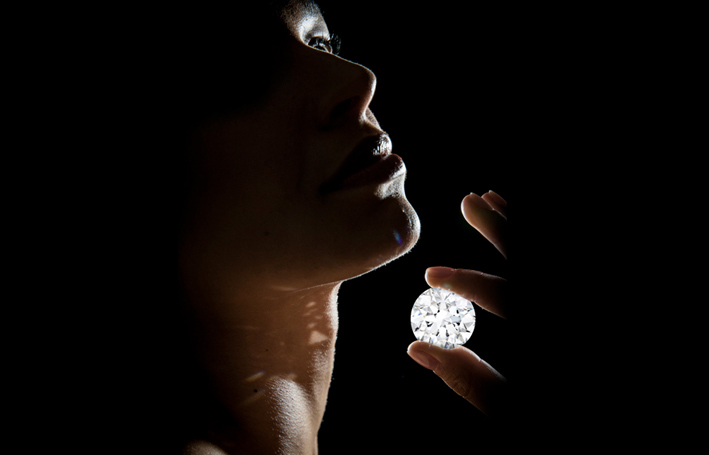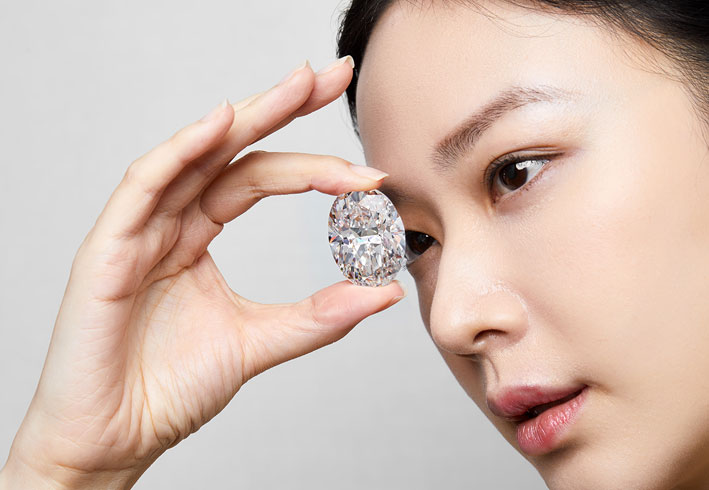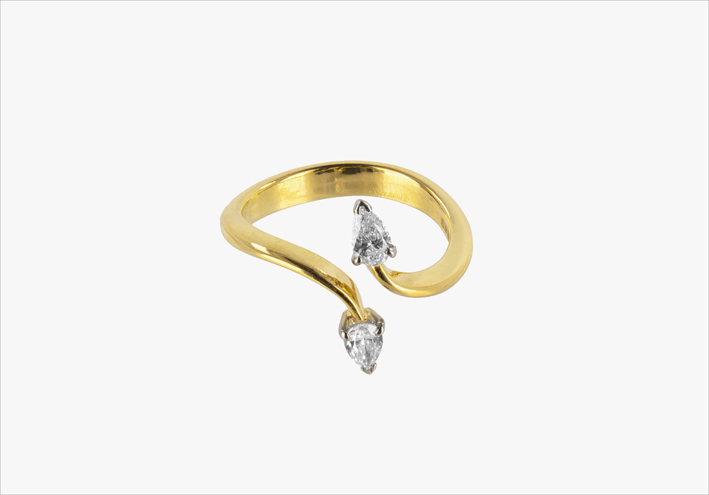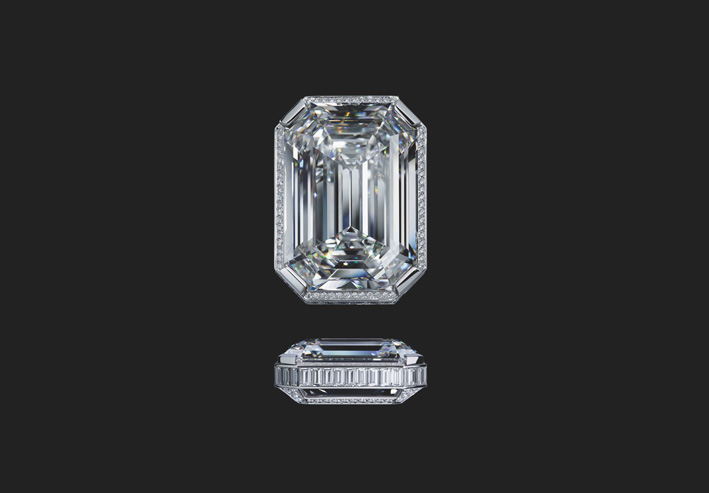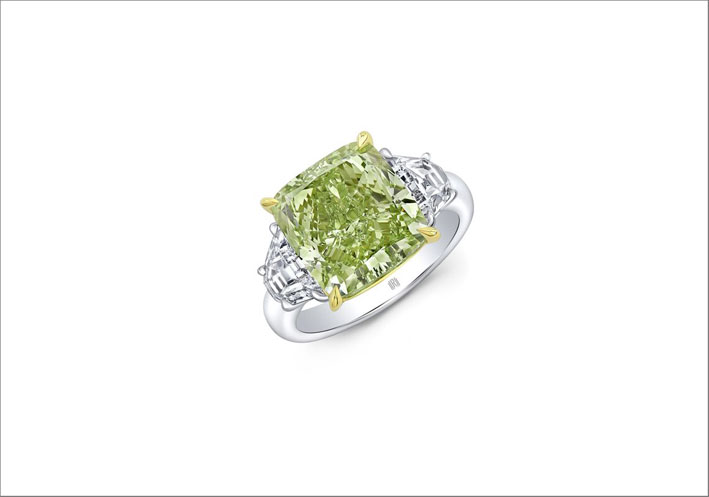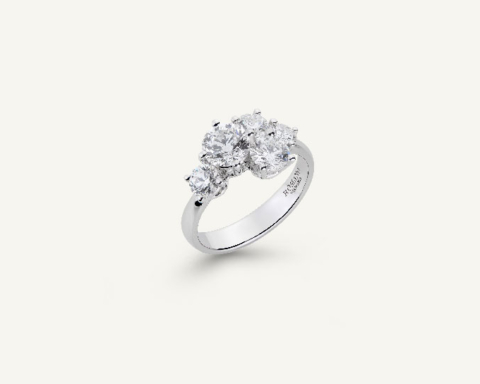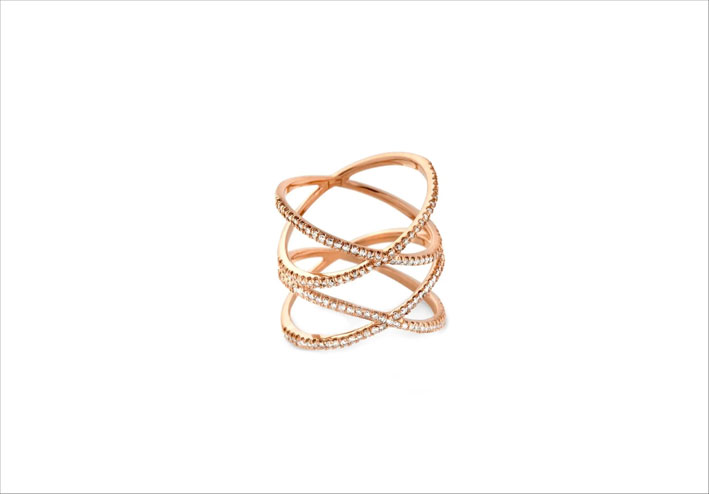How important is clarity in the evaluation of a diamond? Here’s how to find out what is the degree of clarity ♦ ︎
We make clarity on the diamonds. And it is not a expression: clarity is one of the famous four C that define the quality of a diamond together with the weight (carat), the color and cut. In short, it is an aspect to pay close attention when buying a stone or a jewel with a diamond. Clarity could compromise the value of the stone, even if the other three parameters mentioned are excellent. Fortunately, when you buy a diamond jewel you can also ask for a certificate listing the classification of the stone.
Here, then, what to look for to know what is the degree of clarity of your diamond and what the abbreviations that appear on the certificate mean.

The scale of clarity
The clarity of a diamond is about its degree of transparency. If the stone has no impurities inside it will get the highest mark. If within the stone appear small or large inclusions, ie impurities imprisoned in the mineral, will have a lower grade. The scale starts from Flawless (FL), the stone without defects, and goes up to Included 3 (I3) ie with serious impurities inside. This scale of value is the one adopted by the authoritative Gia, Gemological Institute of America, the best known mineralogy research and learning center in the United States of America, founded in 1931 by Robert Shipley in California.
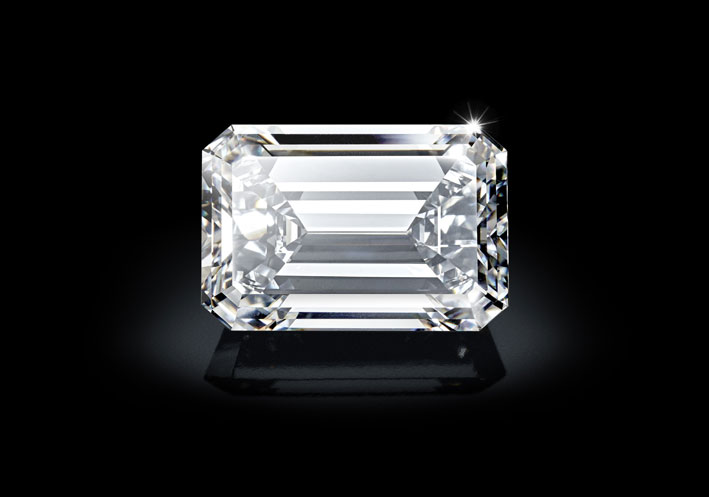
How important is clarity?
Is very important. First of all because better clarity translates into perfect reflections of light and, therefore, into a brighter diamond. In addition, impurities, if very accentuated, could over time compromise the structure of the diamond itself. Given this, we must add that a diamond completely free of inclusions is very, very rare. Usually imperfections are not visible to the naked eye, but you have to enlarge the stone at least ten times (the standard used by jewelers) to see inclusions.

What do the degrees of clarity mean?
Inclusions can hardly be identified with the naked eye, except in very large stones with pronounced defects. At this point the choice is a matter of taste: a stone with low clarity, that is with inclusions, can have a considerably lower price than a super-transparent diamond: in short, you can choose a slightly larger stone for the same price as a small, but with maximum clarity. Hardly anyone will notice it, except at the time of a sale. A good compromise could be to choose a middle ground, that is a diamond with Vs1 or Vs2 classification. If, on the other hand, you really want to go on the safe side and aim to buy a diamond jewel also as a form of investment (long term), focus on a stone classified by FL to VVS1. Experts advise against, however, diamonds with SI3 purity as they are probably stones equivalent to grade I1 or I2, in which the inclusions are too obvious: they are low quality diamonds.

Flawless and Internally Flawless
In the description of a diamond you might come across the Flawless and Internally Flawless definitions. What do they mean? Flawless means that the diamond is without visible inclusions or imperfections with a magnification of ten times, Internally Flawless only that no inclusion is visible.

What about inclusions?
They are elements of different kinds. They can be tiny crystals, needles, imperfections with the shape of feathers, clouds, points, teeth). Just one of these almost invisible inclusions is enough to let the diamond descend into the clarity scale. In general, for example, a diamond classified as VVS1 has at least one point inclusion, if it is VVS2 or at least two. Of course, not all inclusions have the same effect on the diamond. Transparent inclusions are preferable to white inclusions, which in turn are less harmful than dark inclusions. The worst are the dark and central inclusions in the SI1 grades. One of the most common inclusions is described as a cloud. In reality small clouds composed of different points generally have no effect on the appearance of the diamond. The so-called feathers, however, is a micro-crack that touches, but does not compromise the surface of the diamond. A small crack has no impact, while a larger one can be dangerous over the long term, to the point of compromising the solidity of the stone. These are the most common defects, but in reality there are many others, such as graininess.
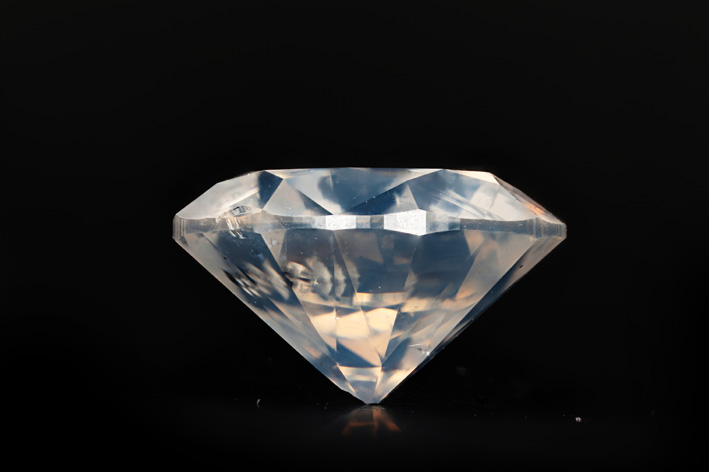
How to choose?
A gemological certificate is the first aspect to consider. Also, consider if the diamond jewelry could be sold sooner or later, or stay with the family. Finally, the most important aspect: look carefully at the diamond. Look at it from a distance of 30-40 centimeters, holding it with tweezers or, if mounted on a ring, grasp the circle. Focus and observe it well against the light, towards a light source. What do you see? The choice is up to you.

